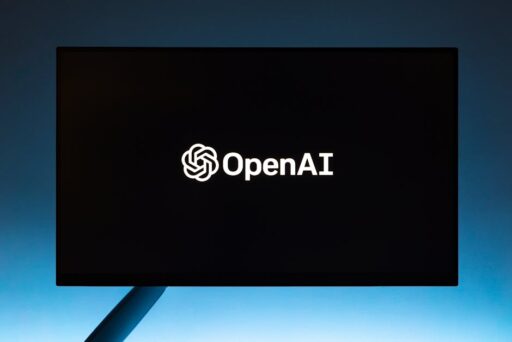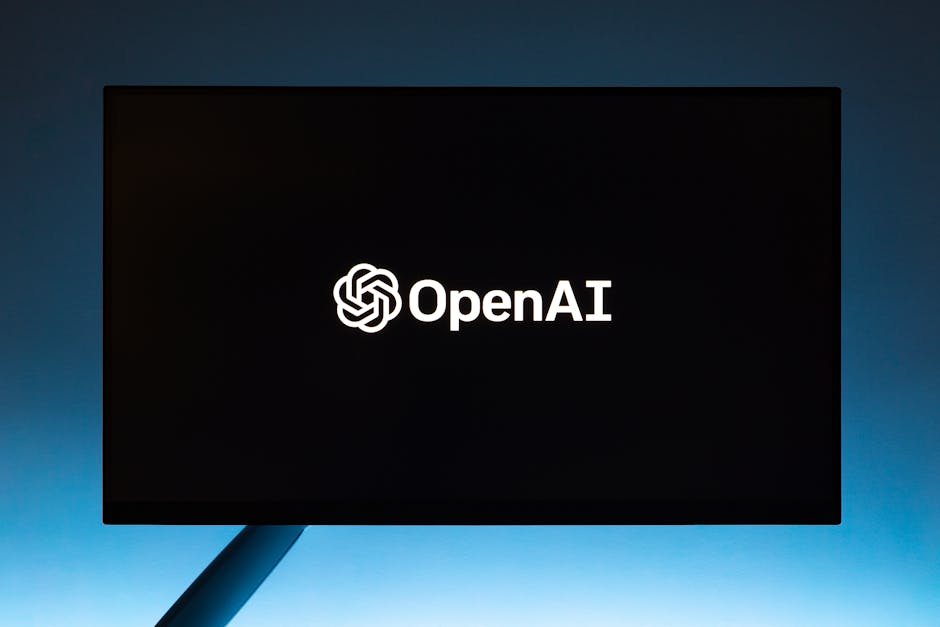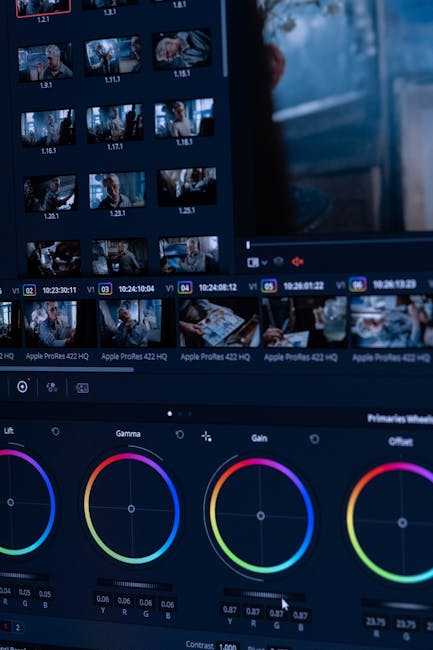OpenAI Recapitalization Explained: What the New Structure Means for AI
OpenAI has completed a major recapitalization that restructures the organization into a for-profit public-benefit corporation operating under the legal oversight of a nonprofit foundation. The move formalizes a dual-entity model designed to balance the need for large-scale capital and flexibility with public-interest safeguards. In this analysis we break down the new corporate architecture, ownership stakes, governance implications, regulatory conditions, and the practical consequences for AI development, investment, and safety.
What changed: the new corporate architecture
Under the recapitalization, OpenAI now consists of two related entities:
- OpenAI Foundation — a nonprofit entity that holds legal control and is responsible for ensuring the organization’s public-benefit commitments.
- OpenAI Group — a public-benefit, for-profit corporation that can raise capital, enter commercial agreements, and acquire other companies with fewer legal restrictions than a pure nonprofit.
The Foundation will retain a significant ownership stake in OpenAI Group and have the authority to appoint its board of directors, creating formal lines of accountability between commercial operations and the nonprofit’s public-interest mission.
How are ownership stakes and investor rights allocated?
The recapitalization allocates ownership across three primary buckets: the nonprofit Foundation, strategic investors, and other investors and employees. Major details disclosed include:
- The Foundation holds a substantial minority stake in the for-profit OpenAI Group, with an option to receive additional shares as the company grows.
- Microsoft — a longtime strategic investor and partner — holds a significant stake and expanded IP rights, extending certain rights through a defined multi-year period.
- The remaining equity is distributed among other investors and employees, providing market-aligned incentives for continued growth and recruitment.
These allocations position the foundation to exert meaningful governance influence while enabling external capital to scale ambitious compute and research investments.
Why did OpenAI recapitalize?
There are three interlocking reasons that motivated the shift:
- Access to capital at scale: Cutting-edge AI development requires massive, ongoing investments in compute, talent, and infrastructure that are difficult to fund under tight nonprofit equity constraints.
- Operational flexibility: A for-profit entity can execute commercial partnerships, acquisitions, and financing strategies with fewer legal constraints than a nonprofit.
- Public-interest commitments: Placing a nonprofit Foundation in control aims to tether commercial incentives to long-term safety and ethical considerations.
What safeguards and conditions accompany the conversion?
Regulators and state authorities that reviewed the restructuring specified conditions intended to protect public interests. Key safeguards include:
- Continuing obligations to mitigate risks from AI deployment, with specific attention to vulnerable populations such as teens.
- Oversight mechanisms that preserve the Foundation’s ability to influence board appointments and governance priorities.
- Contractual and IP provisions that define commercial partner rights and timelines, aiming to balance innovation incentives with long-term public access and safety needs.
What happens if OpenAI claims to have reached AGI?
One notable procedural safeguard requires that if OpenAI ever declares it has achieved artificial general intelligence (AGI), an independent panel of experts must verify that claim before certain actions tied to that declaration can proceed. This step introduces a layer of external validation intended to reduce unilateral or premature claims about milestone achievements in AGI development.
How does this affect current and future partnerships?
The recapitalization clarifies and extends commercial relationships with strategic partners. For example, long-term IP rights and partnership terms with major investors will continue under defined agreements, enabling deeper technical collaboration and joint product integration while maintaining oversight from the Foundation.
Organizations working with OpenAI should expect continuity in existing collaborations but also clearer frameworks for licensing, co-development, and revenue sharing.
What legal and political challenges arose during the process?
The transition prompted legal scrutiny and several interventions from stakeholders and state attorneys general concerned about nonprofit-to-for-profit conversions and the public implications of a dominant AI player changing structure. Authorities reviewed the plan and approved it subject to conditions designed to strengthen safety measures and oversight. OpenAI adjusted its governance and policies after discussions with state offices, reflecting negotiated compromises to address public-interest concerns.
How will funding and hiring change under the new model?
With the for-profit group able to raise equity and enter commercial financing agreements, expect an acceleration in funding flows, larger-scale hiring, and expanded investment in compute infrastructure. The recapitalization removes prior equity restrictions that limited investor returns, making it easier to offer market-competitive equity packages to attract top talent and to pursue acquisitions.
Will this shift change how OpenAI approaches safety and ethics?
Structurally, the Foundation’s control and public-benefit charter are designed to embed safety and ethical considerations into corporate governance. However, real-world outcomes depend on how the Foundation exercises its powers, the expertise and independence of appointed board members, and the robustness of transparency and accountability mechanisms over time.
What should the public and policymakers watch for next?
Key items to monitor in the weeks and months after recapitalization include:
- Board composition and the profiles of Foundation-appointed directors.
- Contractual details of strategic partnerships, especially IP and commercialization timelines.
- How the Foundation operationalizes risk mitigation commitments for vulnerable groups and safety-sensitive deployments.
- Any new funding rounds, acquisitions, or shifts in research priorities signaling a strategic pivot.
How does this fit into broader industry trends?
OpenAI’s move mirrors a wider pattern where AI research organizations seek hybrid structures that allow rapid scaling while signaling social responsibility. The hybrid nonprofit/for-profit design aims to reconcile two tensions facing AI leaders: the need for deep pockets to fund compute-intensive research and the societal demand for external safeguards, transparency, and public benefit commitments.
For context on how major AI organizations are expanding infrastructure and partnerships to support scaling, see our coverage of OpenAI’s strategic infrastructure moves and model launches:
- OpenAI’s Strategic Expansion in AI Infrastructure
- OpenAI Unveils Advanced AI Models at Dev Day
- OpenAI’s Atlas: A New Era for Browsers and Search
What does the public want to know most about the recapitalization?
Is OpenAI still committed to public benefit?
Yes — the stated intent is that the nonprofit Foundation will keep the organization tethered to public-benefit goals. But commitment on paper requires active enforcement and transparency in governance to be meaningful.
Will this lead to more closed, proprietary models?
Commercial incentives could encourage more proprietary deployments, but the Foundation’s oversight and regulatory conditions may temper extreme secrecy. The balance between openness and competitive protection will be an ongoing tension.
Does this make AGI more or less risky?
Recapitalization does not inherently change technical risk, but it changes incentives and resourcing. Faster funding and broader commercialization may accelerate development timelines; safeguards such as expert verification for AGI claims and regulatory commitments attempt to mitigate potential harms.
Practical takeaways for developers, partners, and policymakers
To act on the recapitalization, stakeholders should consider:
- Review contractual commitments and IP terms in existing partnerships with OpenAI to understand long-term rights and limitations.
- Monitor governance disclosures, especially board appointments and Foundation policies that affect deployment and safety.
- Engage policymakers and civil society to ensure public-interest safeguards are robust, transparent, and enforced.
Summary: What the OpenAI recapitalization really means
The recapitalization represents a strategic pivot: it enables the large-scale capital and operational flexibility needed for frontier AI work while attempting to preserve public-interest controls through a nonprofit Foundation. The practical implications will depend on how governance is implemented and how regulators and the public hold the organization accountable.
Frequently asked question (featured-snippet friendly)
What is the OpenAI recapitalization and why does it matter?
OpenAI’s recapitalization converts its operational structure into a for-profit public-benefit corporation controlled by a nonprofit Foundation. This matters because it allows OpenAI to raise more capital and scale faster while creating formal governance mechanisms intended to protect public interests and manage AI risk.
Call to action
Stay informed as this new structure unfolds. Subscribe to Artificial Intel News for ongoing, independent analysis of AI governance, investments, and safety. If you work with or are affected by OpenAI technologies, review your partnerships and policy positions now — and join the conversation in the comments below.






